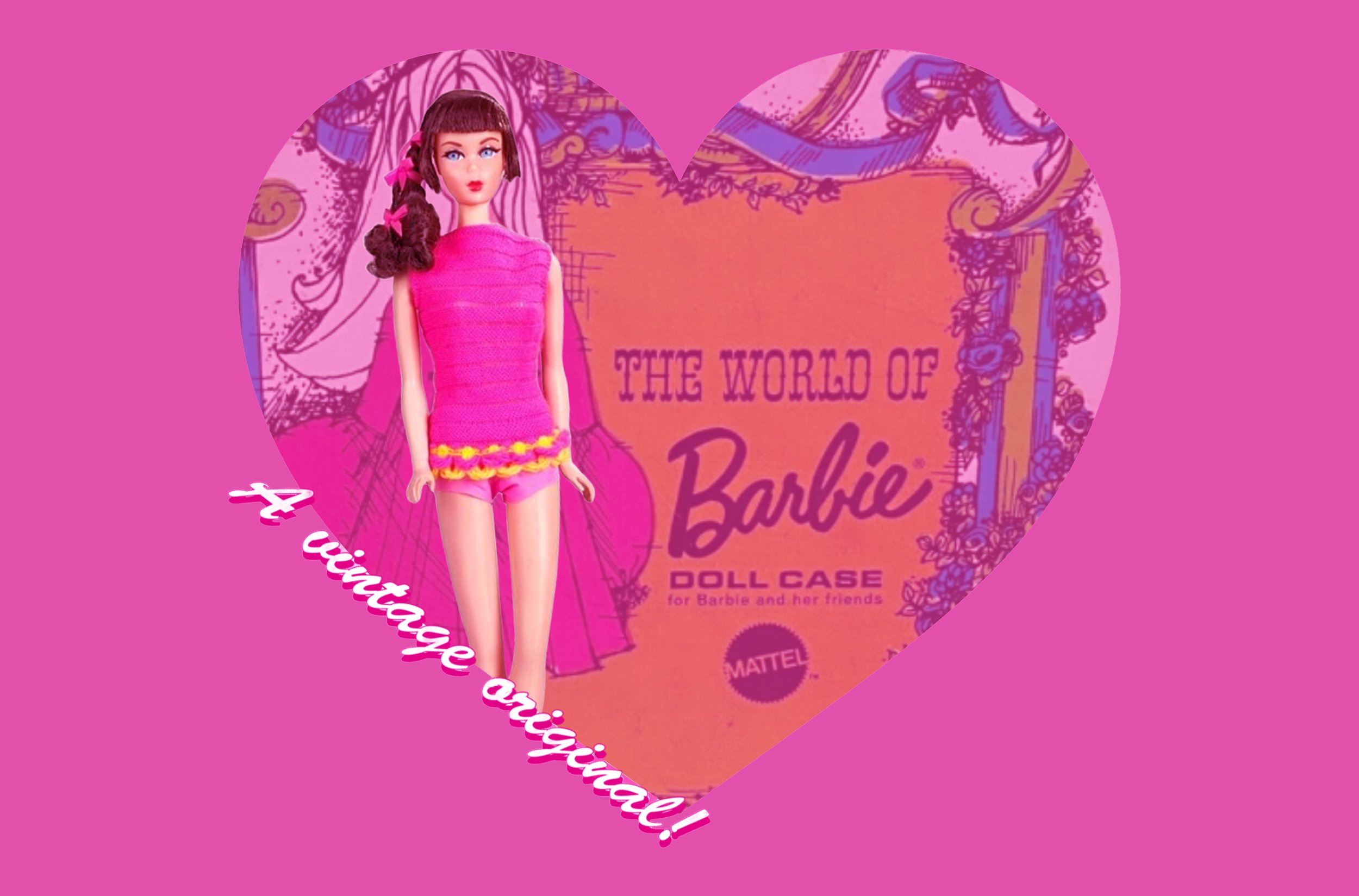At the start of Barbie the movie, our eponymous heroine harbours thoughts of death. Is this because she is of a certain age? She’s older than I am, for heaven’s sake! Is Barbie contemplating her outmodedness; her potential obsolescence? Or is this forewarning of Barbie’s ambition to enter the real, perhaps even the grown up, world?
The world that human Barbie was born into was overtly sexist and misogynistic. Her mother, Barbie creator (both figuratively and literally), the late Ruth Handler, was surrounded by male executives, typified by her husband Elliot, whose pornographic predilections helped shape Mattel’s doll.
Ruth was responsible for toy Barbie’s genial persona and snappy style. Having seen adult dolls on a trip to Germany, she envisaged young children aspiring to become their dolls, rather than forever feeding and changing nappies of more traditional baby dolls - a motivation which I, as the owner of a 1968 model, can attest to.
Incidentally, 1968 was one of the pinkest years ever. According to Karen Haller in The Little Book of Colour, “Pink is the colour for an expression of nurturing, caring and empathetic love.” Though not exclusively the preserve of girls, “pink can come across as needy, weak or helpless. Surrounded by too much pink, men may feel emasculated.” Rather like Ken?
However, Kassia St Clair, writing in The Secret Lives of Colour, cites proto-feminist icons, such as Madame de Pompadour, Elsa Schiaparelli, Diana Vreeland and Marilyn Monroe, who used pink to be both seen and heard. Modern pinks are more associated with female empowerment and strength. And what about all the pink-adorned men dragged along to the film by their friends and partners? Were they as enthused as my husband, who is now searching everywhere for a stripy cabana set in the colours of his London club?
My Barbie resided in her ‘The World of Barbie’ carrying case, wearing her original hot pink shorts and a yellow wool trimmed bright pink sleeveless top. My pocket money paid for a shocking pink and white lace, bell-bottomed jumpsuit (note to collectors - #1823 jump into lace). I pored over Barbie brochures and fantasised about her dreamy pink nightgown (#1857), pink extravaganza (#1844), and layered pink net romantic ruffles (#1871). Yet her wedding “wonder” dress, a dotted organza veil over satin petticoat, with collar and bows (#1849), was traditionally white.
Mine was the first ever Talking Barbie. Her soundbites, indelibly audible to me, formed my future.
“How shall I wear my hair?”
“I have a date tonight!”
“Let’s go shopping!”
“What’s showing at the cinema?”
“Which new dress shall I wear?”
“Let’s play some records!”
Had I known the voice belonged to Janie Wellborne from Kent, would I have been so in thrall?
Barbie, the preternaturally beautiful movie transported me back to that time of childhood innocence, and sense of wonder. Her struggles as she escaped from the safety and security of her box into the confusion of adolescence. And the real world, where black became a symbol of toxic masculinity and subservient women. Real life can be scary, dangerous and traumatic. Sadly, my Barbie eventually got injured. In fact one of her legs is strapped to the other with a hairband. It happened when she tried to ride Sindy’s horse.
Record box office figures prove that Barbie is far from dead. She continues to be reinvented. Mattel have even launched a Barbie doll whose body is made from 90% recycled ocean-bound plastic, and the company aims to use 100% recycled, recyclable, or bio plastic for all of its Barbie products and packaging by 2030. The future of pink is green, as they say.
So, Dear Barbie, please don’t wish for a gynaecologist. Stick to your world free of period and labour pains. A world where men are stylish accessories, to joke and play with. And you can be anything you want. You will always live on in our hearts and minds: your legacy an immortal testament to the power of pink.
